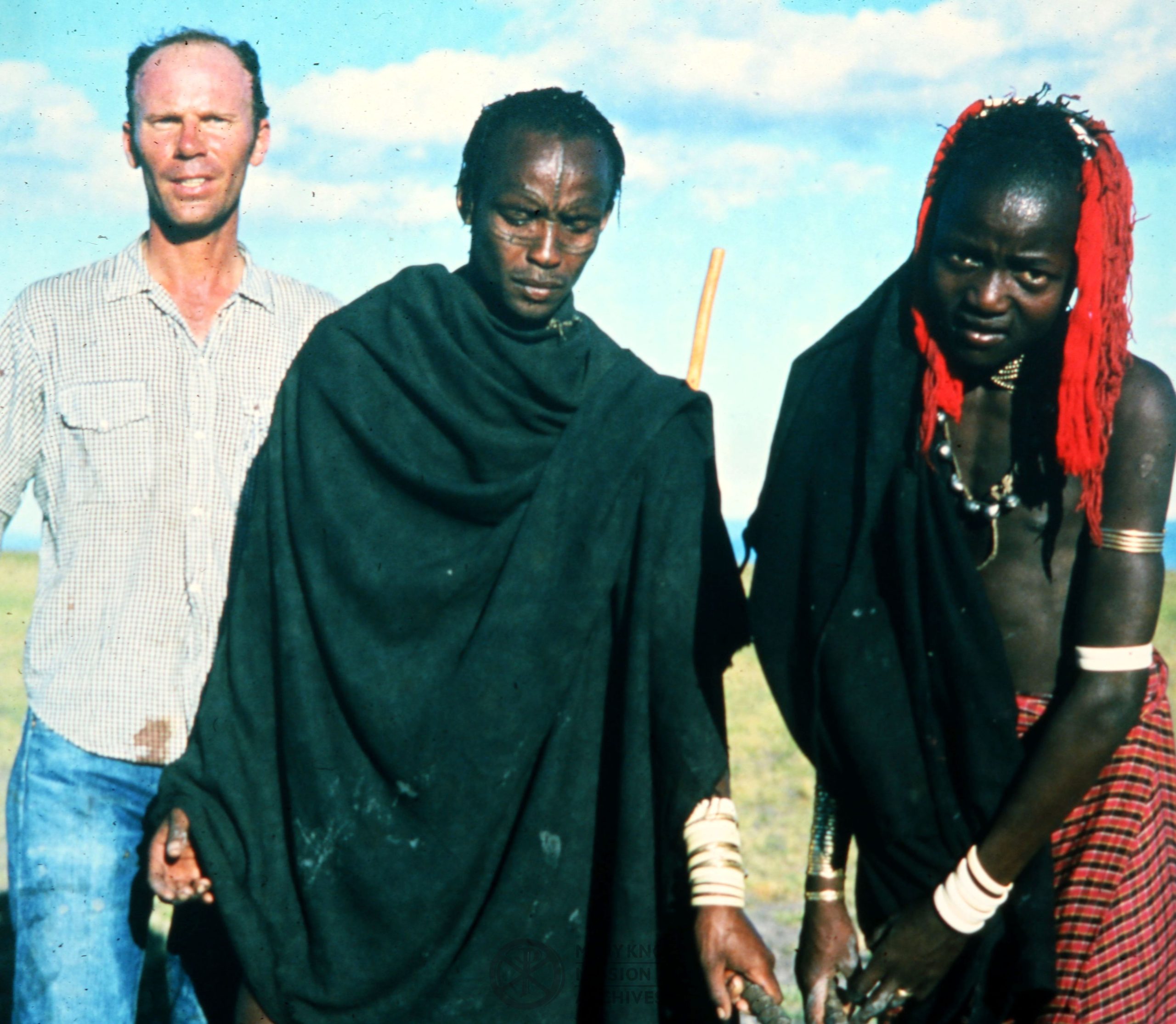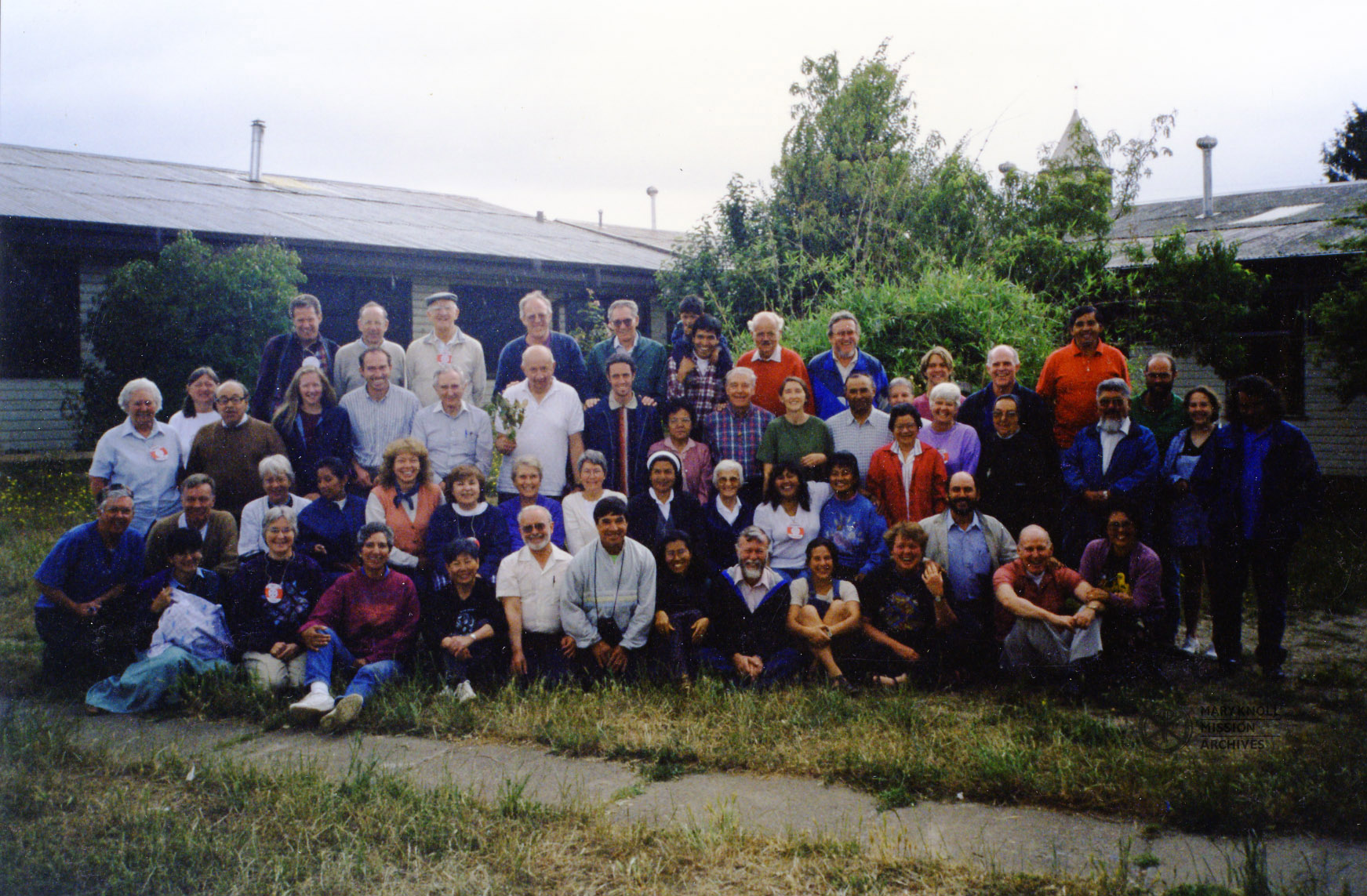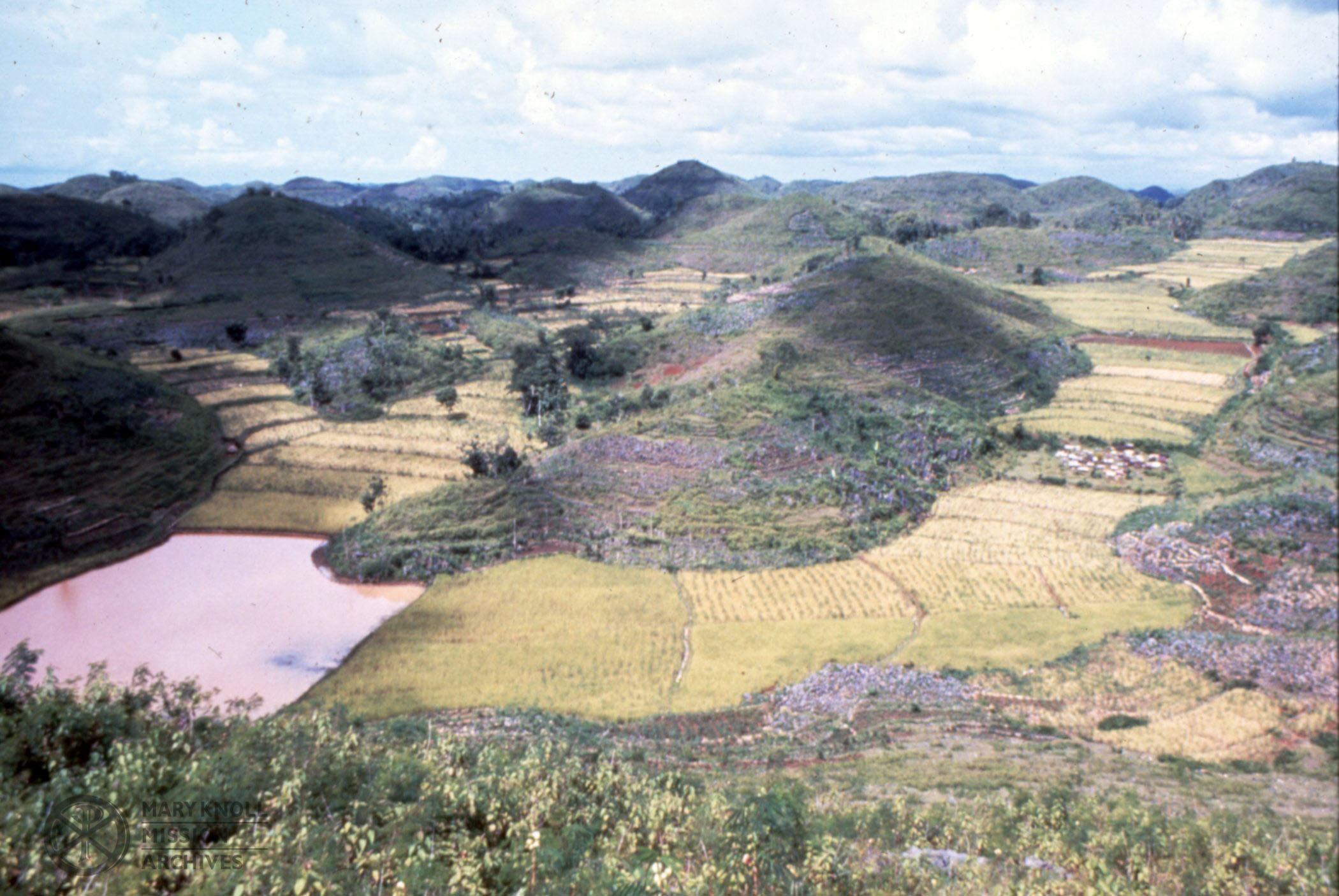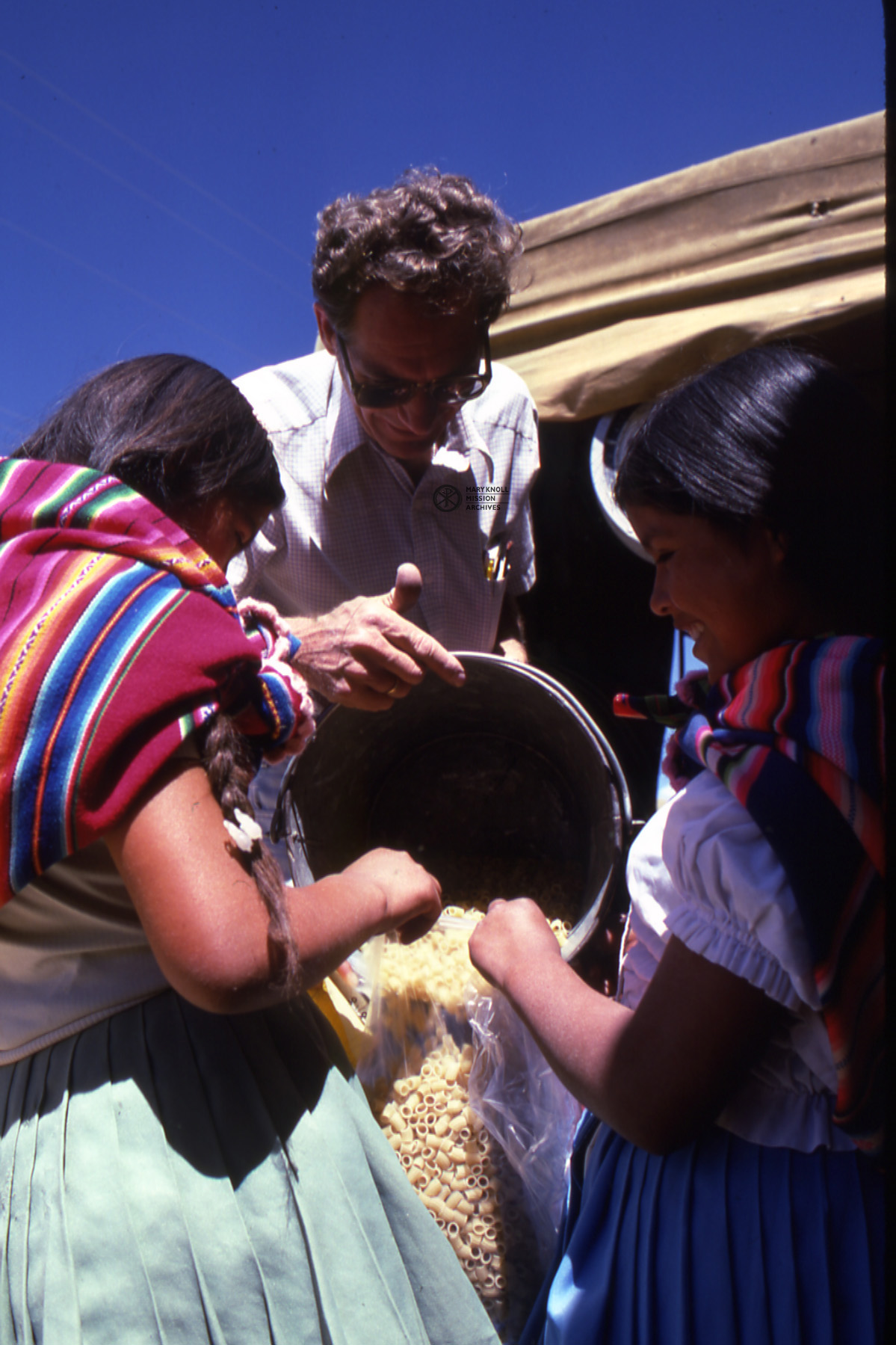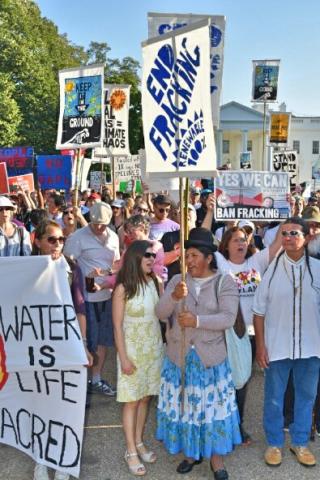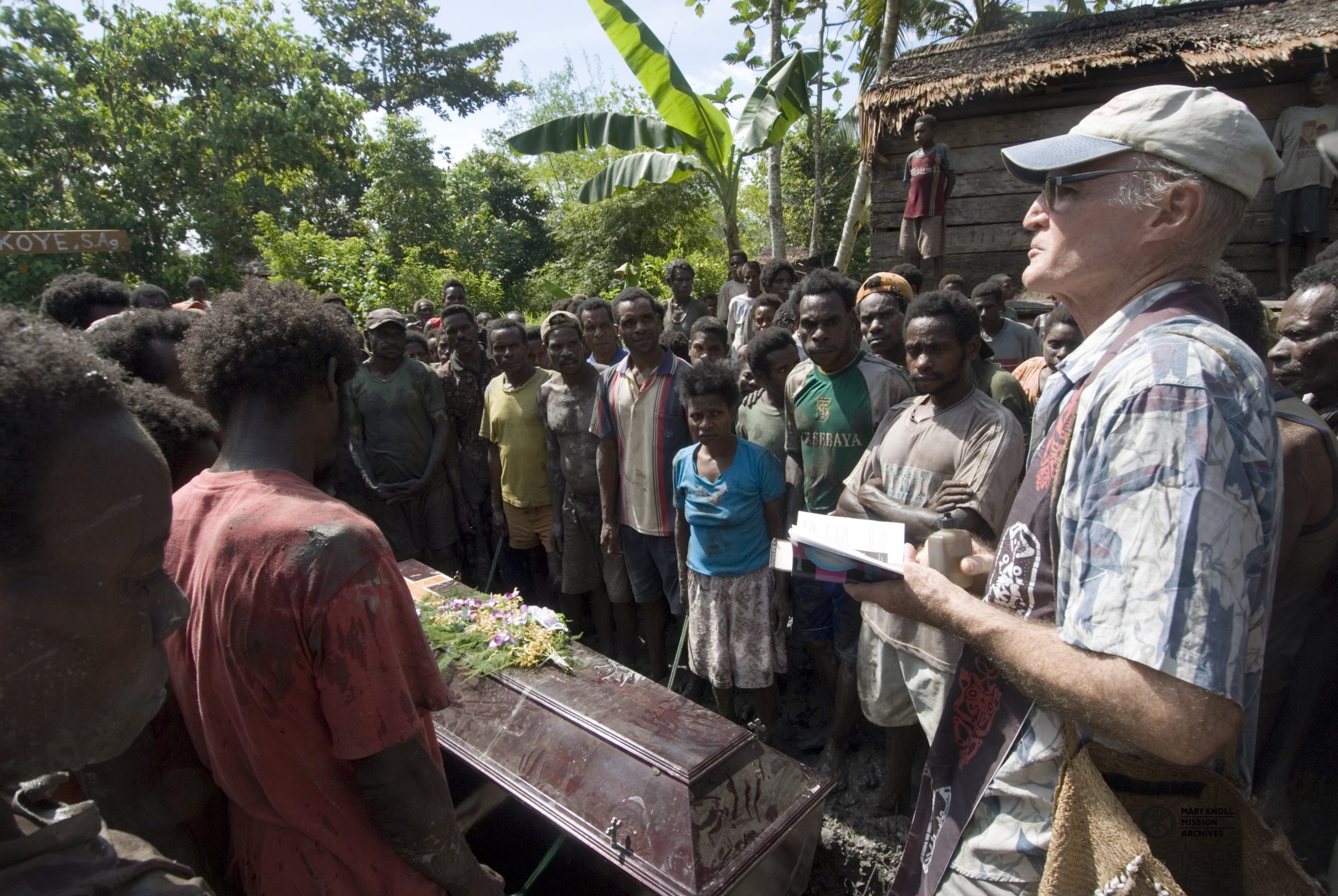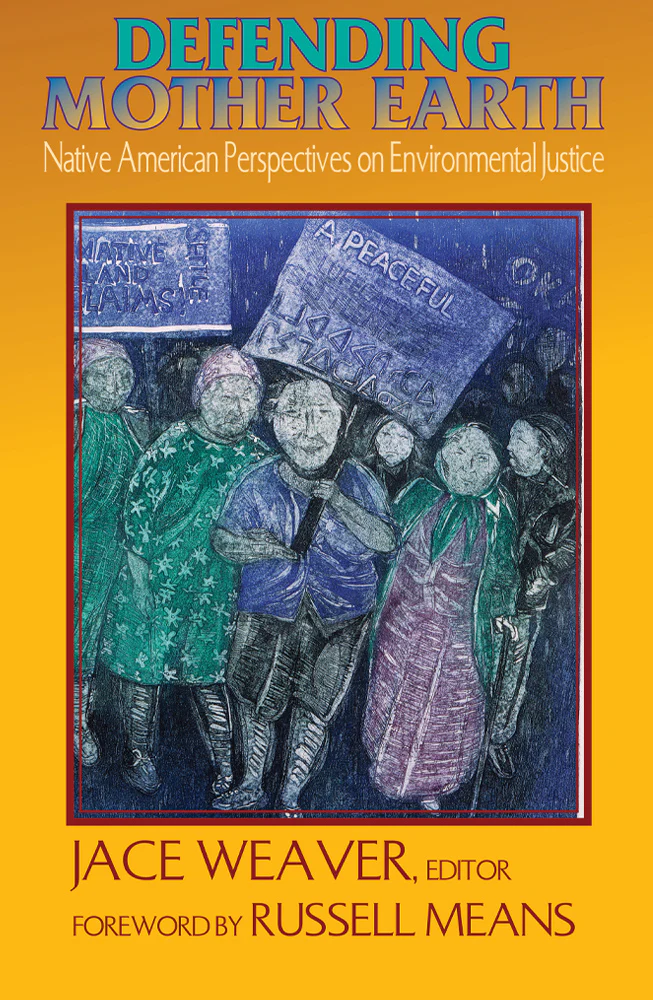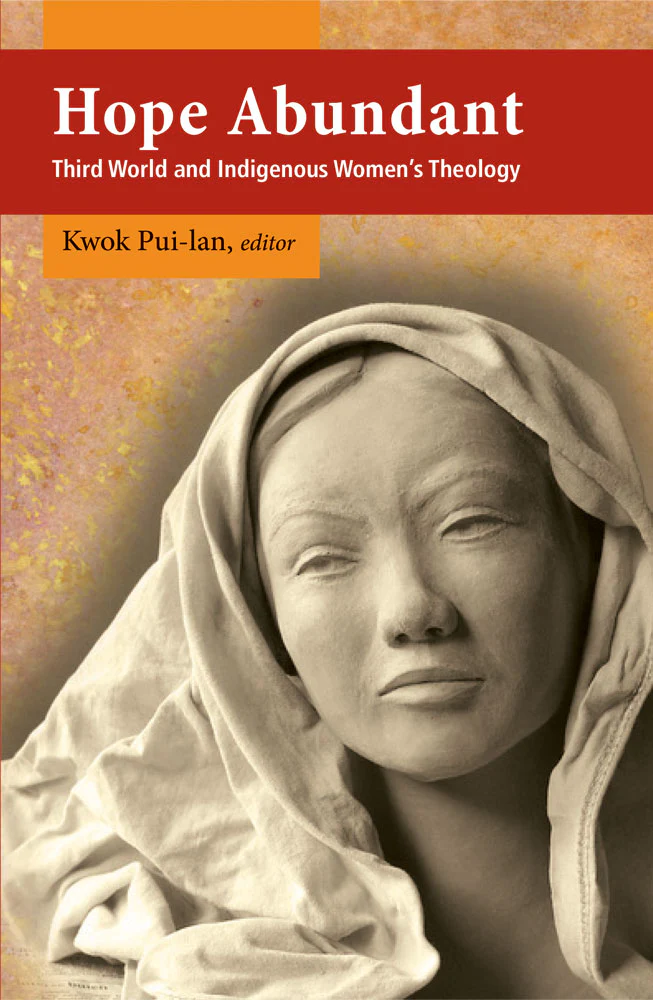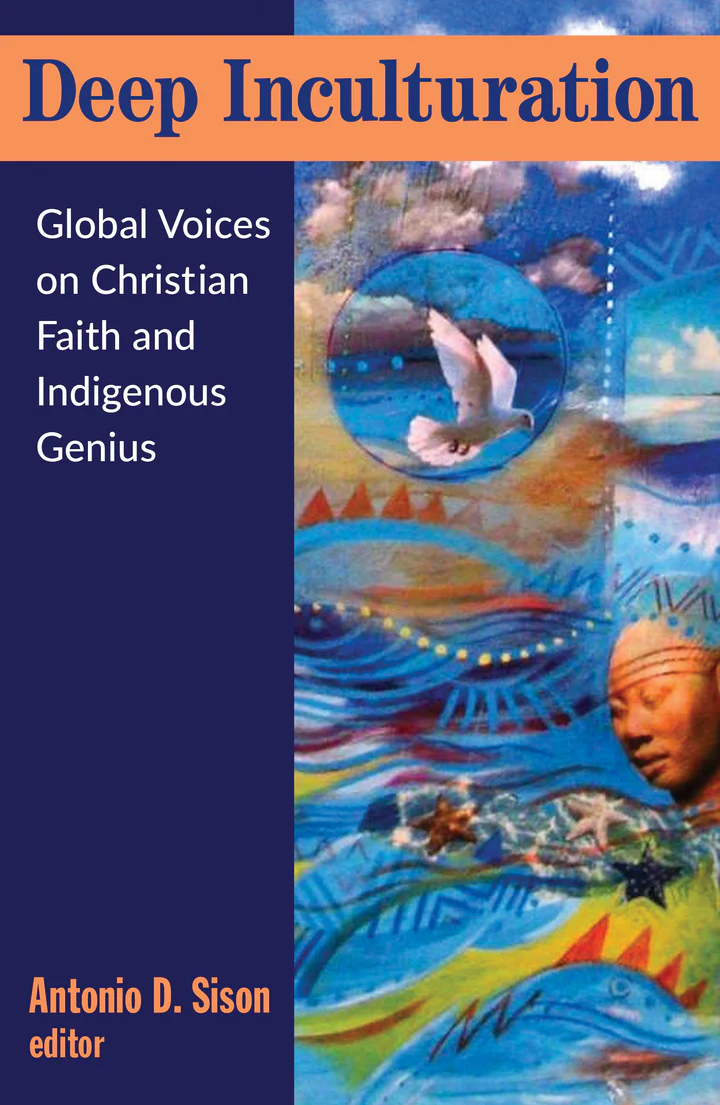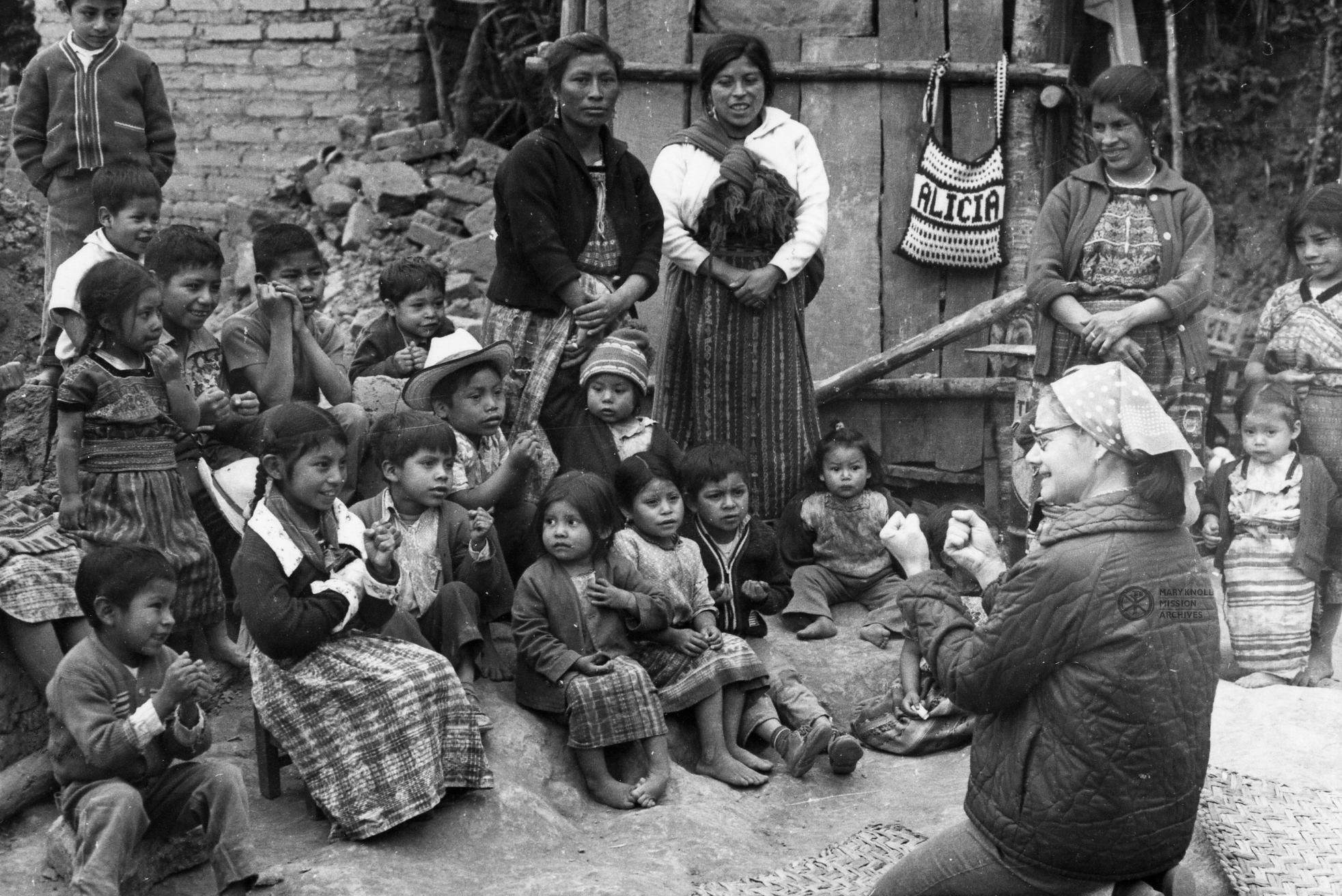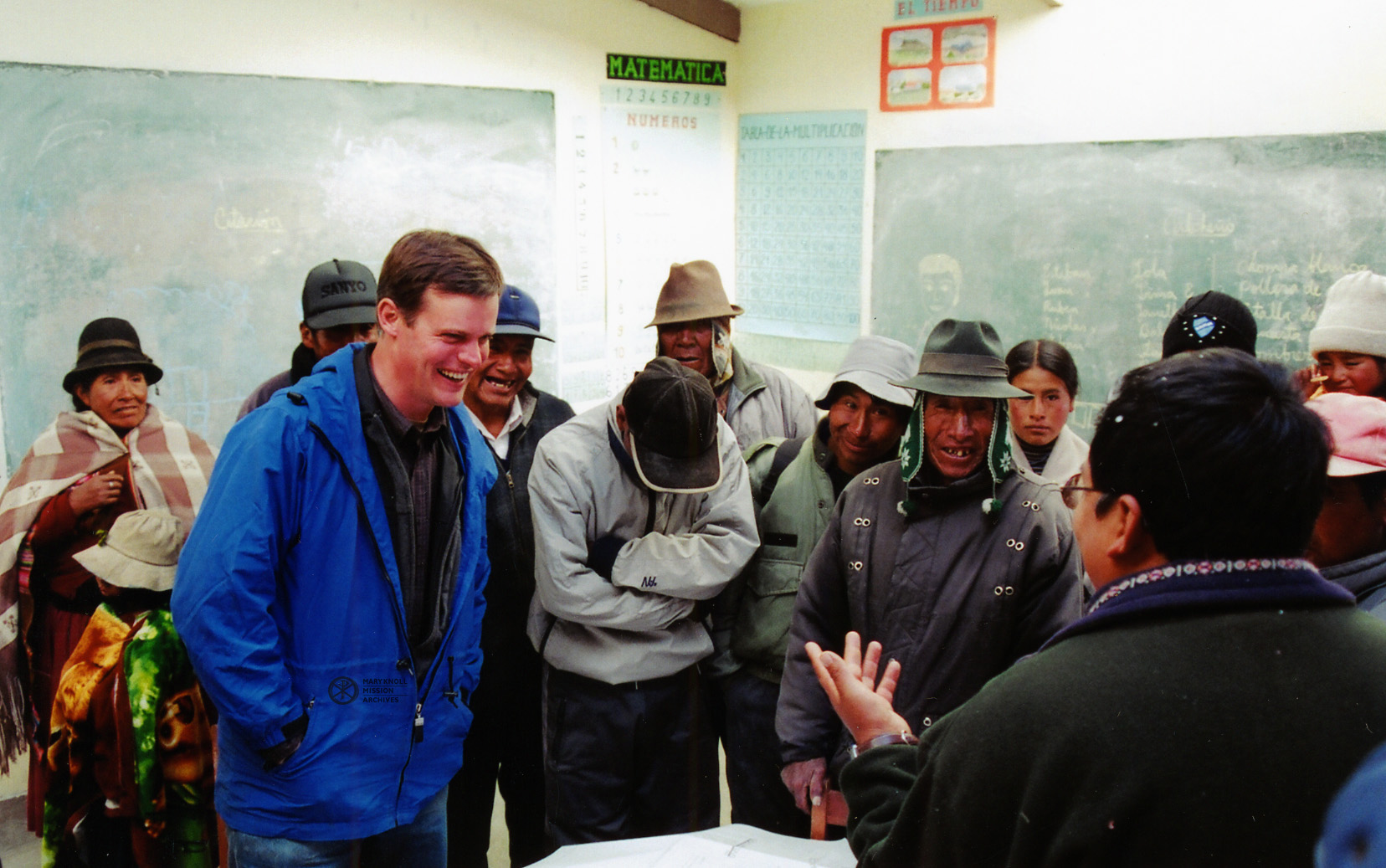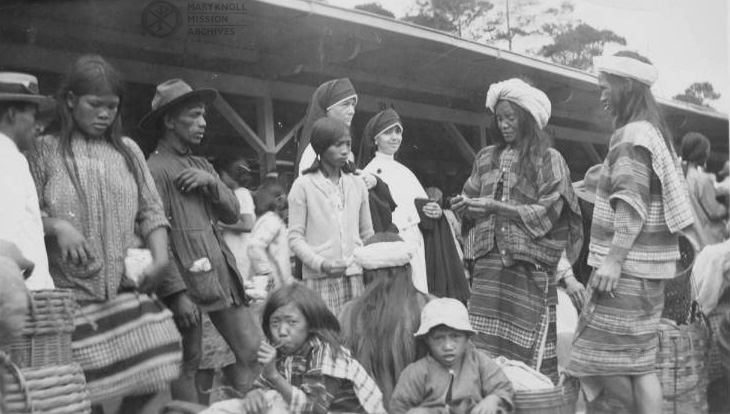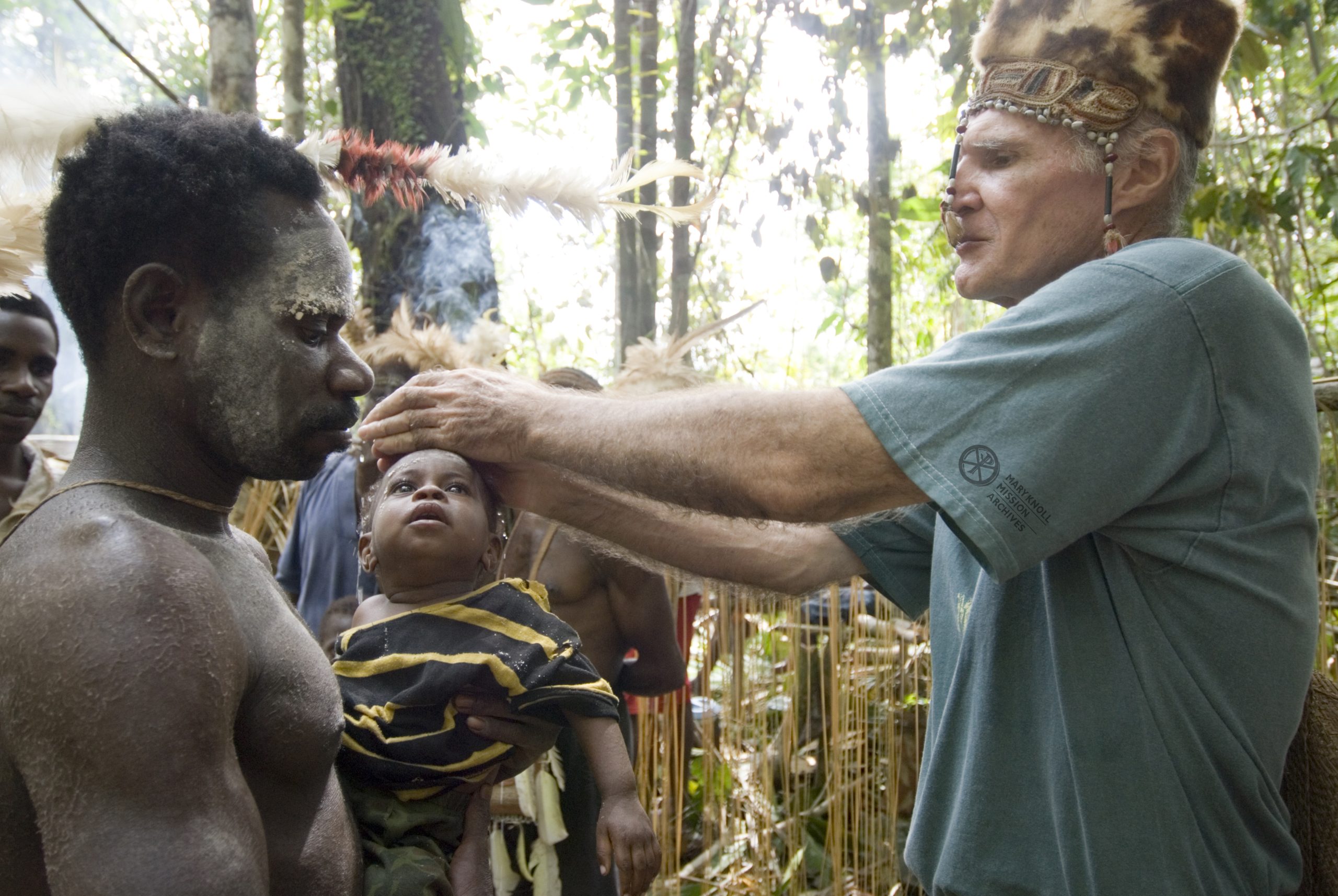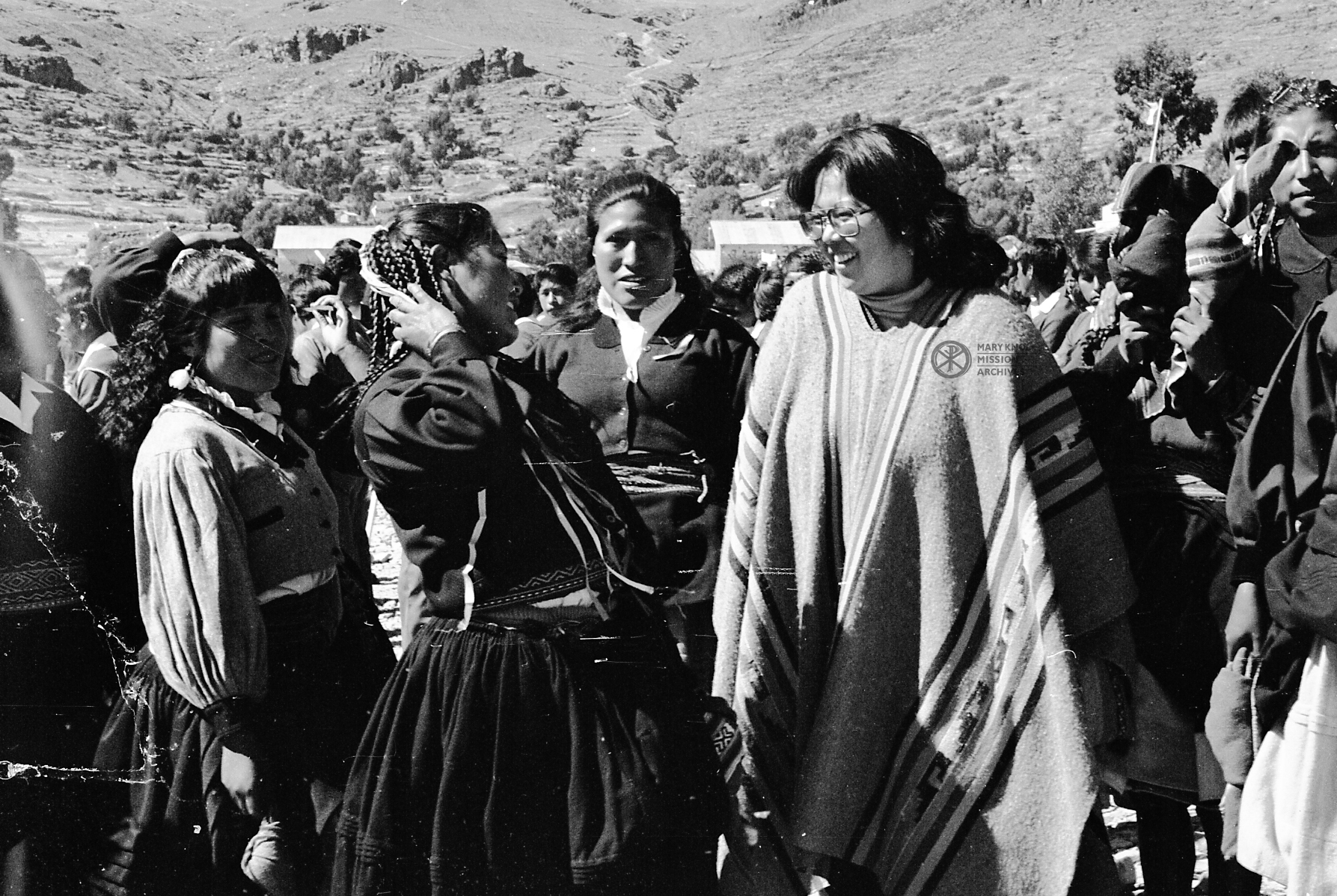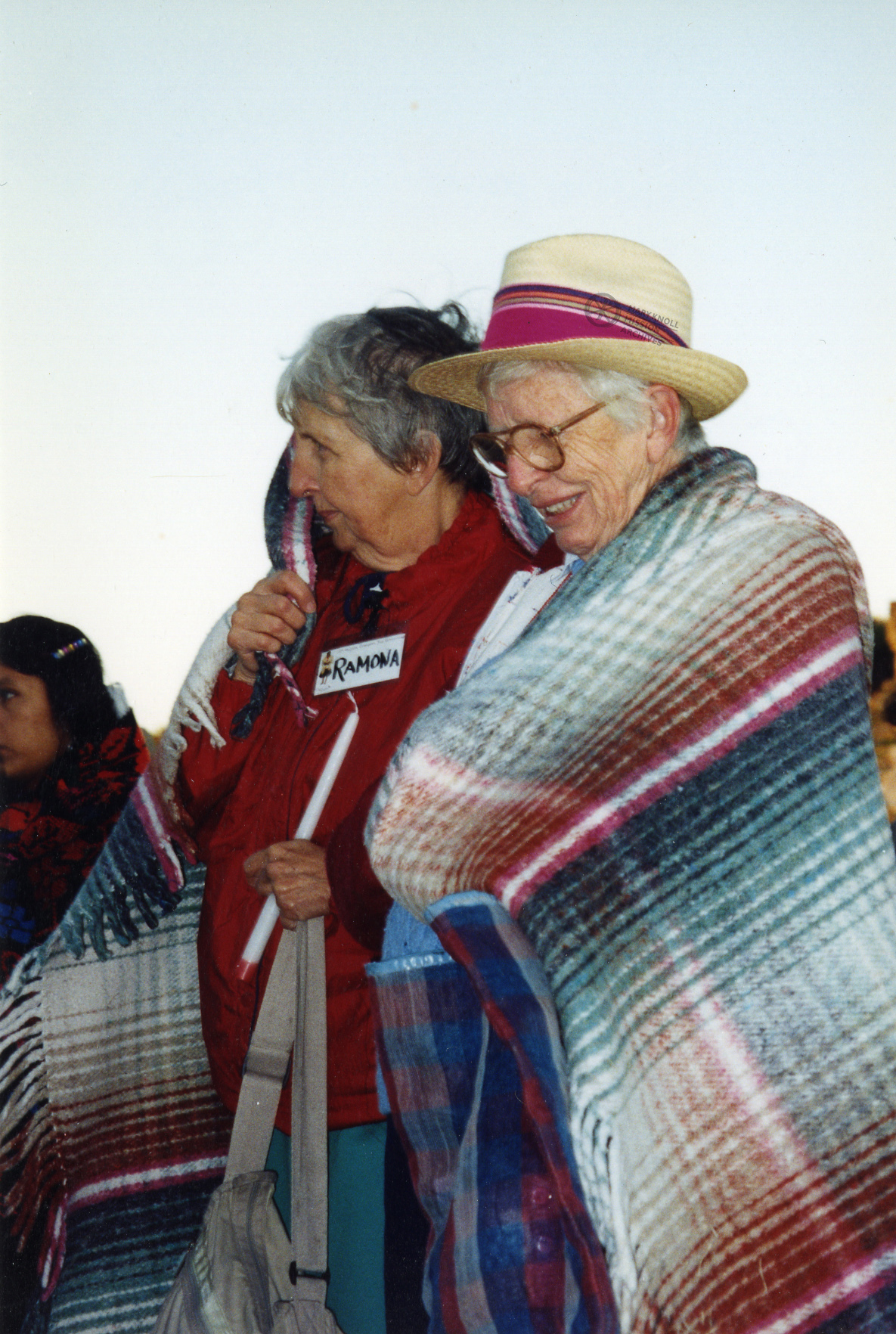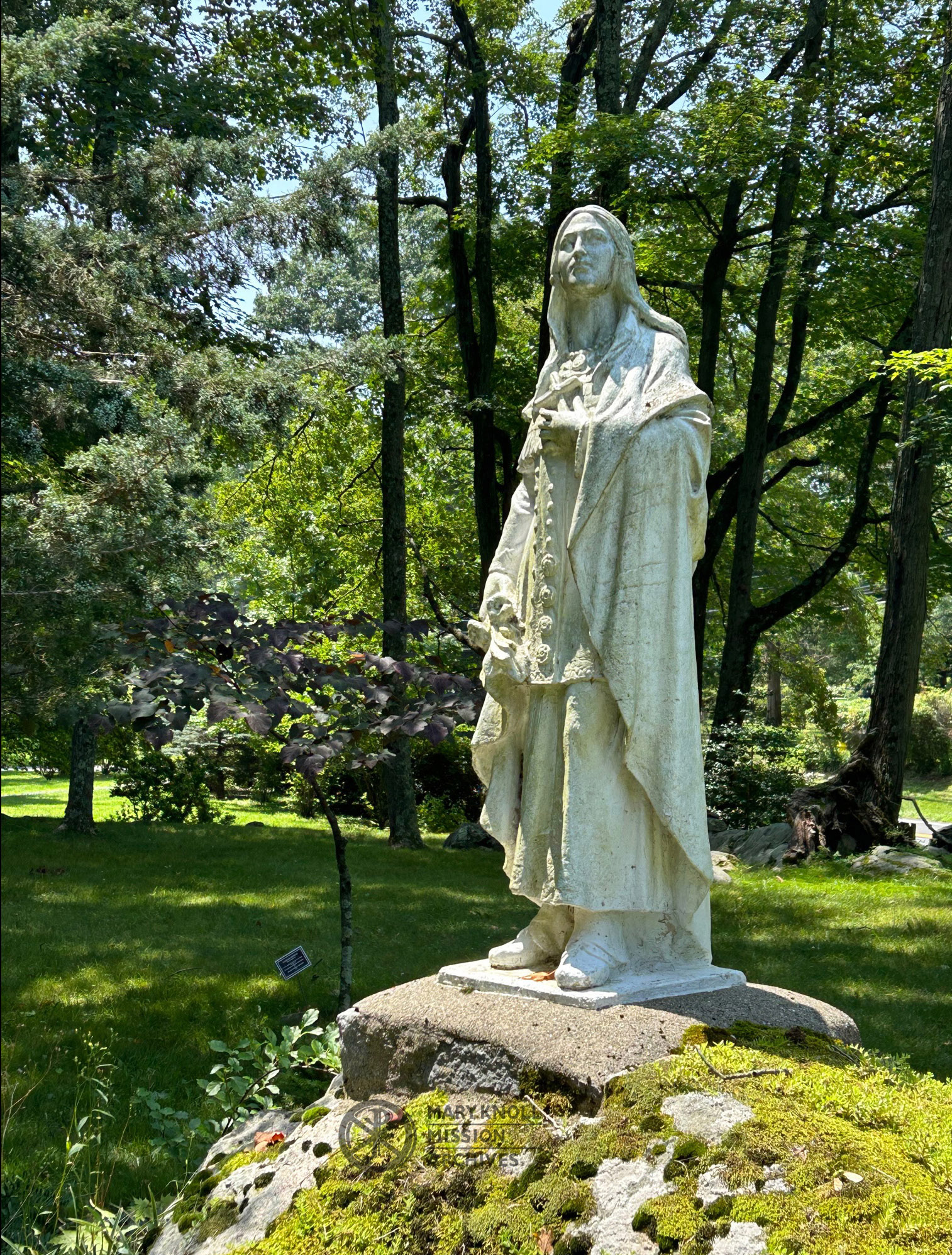Fr. Edward Schoellmann stands with two native people,
Shinyanga, Tanzania, c. 1950’s
What is International Day of the World’s Indigenous Peoples?
Observed annually on August 9th, this international day of observance is intended to raise awareness of the unique problems faced by Indigenous communities and gather support for Indigenous peoples living throughout the world. Its date commemorates the first meeting of the United Nations Working Group on Indigenous Populations in Geneva on August 9, 1982. Native peoples have historically been denied rights to their ancestral lands and resources, self-determination, and basic human rights. These struggles continue through the present day in many Native communities throughout the world. Some examples include:
- The 385 Indigenous groups fighting against deforestation across the Amazon River basin. For reference, these communities live in Bolivia, Brazil, Colombia, Ecuador, French Guiana, Guyana, Peru, Suriname, and Venezuela (NASA).
- First Nations peoples in Australia campaigned to establish an Indigenous Voice to parliament. This proposed constitutional amendment was voted down on October 14, 2023 (Gavshon).
- Asia is home to the world’s largest Indigenous population, however, their rights continue to be disregarded despite many countries adopting the United Nations Declaration on the Rights of Indigenous Peoples (Benedict).
Did you know…?
International Day of the World’s Indigenous Peoples is not the only day dedicated to recognizing Native peoples. Several countries celebrate the rich and diverse cultures of their Indigenous communities, along with their vital contributions on local, regional, and international levels. Similar international days of observance include:
April 19: National Indigenous Peoples’ Day – Brazil
June 21: National Indigenous Peoples’ Day – Canada
August 1: Indigenous Peoples’ Day – Taiwan
October 14 : Indigenous Peoples’ Day – United States
October 29: Indigenous Peoples’ Day – Philippines
Why is World Indigenous Peoples’ Day important?
The significance of this day is best described by the people it honors, and their struggles to defend their human rights.
“Without our land, we don’t exist, and without land, there is no biodiversity, rivers, or animals. We, indigenous people, cannot survive without land. There is no harmony, no health, and there is no knowledge or movement of planet earth.”
Dario Kopenawa
Vice-president of the Hutukara Yanomami Association
Member of the Yanomami, Brazil
Full article from OHCHR
“The environmental destruction of our territory has a huge impact on our people. We rely on the salmon, our streams and our river. All of our rivers that are being destroyed. The ability to drink the water out of the rivers is a huge thing for us. That leads back to that sense of spiritual wellness, cultural wellness, because when we’re able to drink the water that comes from our territories, I believe that it carries our ancestral history, it carries the memory and the spirit of the ancestors that came before us that spent time in those rivers, the salmon that spawn there every year.”
Molly Wickham
Wet’suwet’en Land Defender
Member of the Wet’suwet’en Nation (British Columbia, Canada)
Full article from Amnesty International
Why should we listen deeply to the wisdom of indigenous people?
“We should listen more to indigenous peoples and learn from their way of life to properly understand that we cannot continue to greedily devour natural resources, because ‘the Earth was entrusted to us in order that it be mother for us, capable of giving to each one what is necessary to live’. Therefore, the contribution of indigenous peoples is essential in the fight against climate change.”
Pope Francis
February 10, 2023
6th Global Meeting of the Indigenous Peoples Forum
“In solidarity with ENDAUM and other Native American groups, the global circle of resistance to future uranium mining is growing stronger each day. It is a blessing and gift for me to represent the Catholic Church in solidarity work with ENDAUM and our Native American sisters and brothers. Their voice is one with the urgent cry of Earth, appealing to each one of us. We are being called to live out our reverence and care of Earth, as God’s self-revelatory gift, sustaining the life of all. We will either go into the future as one integral Earth community, in a mutually enhancing relationship respecting the entire web of life, or we will have no future at all.”
Sr. Rose Marie Cecchini
June 24, 2011
The Voice of People, the Cry of the Earth
Bernard Butkiewicz, former Lay Missioner, working with two young Quechua women, Bolivia, c. 1990’s
Chloe Schwabe of the Maryknoll Office for Global Concerns (center left) stands next to Yolanda Flores who holds a “End Fracking” sign outside of the White House. September 14, 2016.
How is Maryknoll involved?
Maryknoll missioners have historically stood in solidarity with indigenous peoples in their struggles for human rights and environmental justice.
Maryknoll Fathers have missioned with the Asmat of Papua New Guinea, the Watatulu of Tanzania, and the Quechua of Bolivia.
Maryknoll Sisters have missioned with the Aymara and Quechua of Peru, the Quiche of Guatemala, and the Cueva in Panama.
In collaboration with Maryknoll Fathers & Brothers, Maryknoll Sisters, and other local Catholic organizations, Maryknoll Lay Missioners have served the Quechua of Bolivia, the Khmer of Cambodia, and numerous indigenous groups that live throughout Kenya and South Sudan.
Maryknoll continues to support indigenous communities around the world through the Maryknoll Office for Global Concerns (MOGC). Representing Maryknoll Fathers & Brothers, Maryknoll Sisters, and Maryknoll Lay Missioners, MOGC brings the deep experience and authentic voice of Maryknoll missioners to debates about public policy, to social justice, peace and the integrity of creation education, and advocacy and action for social, economic, and environmental justice (MOGC).
Archives, like ours, also play a role in supporting indigenous communities through reparative description work in our collections. What is reparative description?
Reparative Description: remediation of practices or data that exclude, silence, harm, or mischaracterize marginalized people in the data created or used by archivists to identify or characterize archival resources. (Definition from SAA Dictionary of Archives Terminology)
Some examples of this work include:
- Updating descriptions of Indigenous communities’ in our collections using their preferred terminology
- Identifying and flagging harmful language in historic documents
- Collaborating with Native American communities and other archivists to ensure we are all following best practices
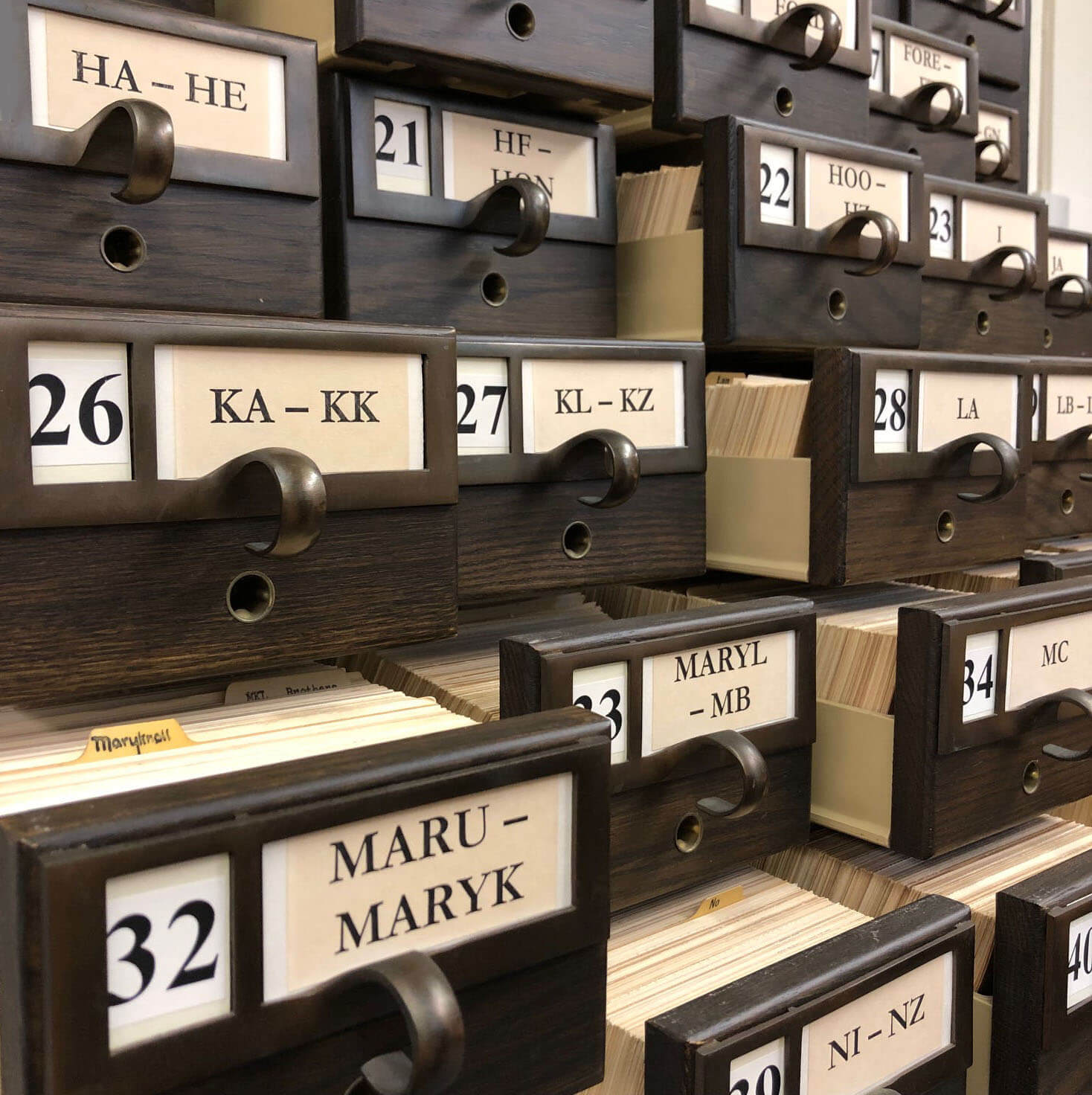
Fr. Vince P. Cole leads graveside prayers at an Asmat funeral,
Papua New Guinea
Ways to celebrate World Indigenous Peoples’ Day (and beyond)
#1 – Indigenous Land Acknowledgements
Everyone in the United States lives on Indigenous lands. This is an important fact of our country’s history. Native communities lived here long before any of our colonial ancestors arrived in the Americas, and the same is true for many other nations. Do you know who lived in your area before it was colonized? There’s an easy way to find out.
Native-Land.ca hosts an interactive global map which helps identify regions where indigenous tribes lived and continue to live. This digital map was built by Native Land Digital, a Canadian not-for-profit organization, with significant contributions from Indigenous communities around the world. While the map “does not represent or intend to represent official or legal boundaries of any Indigenous nations” (Native Land Digital), it’s a great resource to get you started in the right direction.
For Maryknoll and Ossining, this means acknowledging the land we live and work on was once home to the Wappinger (WAH-pin-jer), Schaghticoke (SHA-tuh-kuk), and Munsee Lenape (MUN-see lun-NAH-pay) tribes.
#2 – Learn about indigenous history
Orbis Books has published several books by Native American authors. These must-reads offer a great starting point to learn about indigenous history, and the struggles native communities face. I recommend starting with either American Indian Liberation or Defending Mother Earth.
American Indian Liberation: A Theology of Sovereignty
Author George E. “Tink” Tinker is a member of the Osage Nation and a professor of American Indian Cultures and Religious Traditions at Iliff School of Theology in Denver, CO. This book focuses “in particular on differing understandings of Jesus Christ and of the land, and the centrality of both to the “theology of sovereignty” and the challenges communities of faith face, particularly indigenous communities, in a postcolonial world.”
Defending Mother Earth: Native American Perspectives on Environmental Justice
Edited by Jace Weaver, Defending Mother Earth is an anthology of 11 essays by Native American authors. This collection brings together important Native voices to address issues of environmental devastation affecting indigenous peoples. These essays document a range of problems, including the devastating effects of mining, toxic waste dumps, water pollution, etc. The struggles to stop these threats are intimately tied to American Indian sovereignty and the affirmation of Native culture: the Earth is Mother to all nations. Contributors include representative voices from the Oglala Lakota, Shawnee/Sac, Fox, Muscogee, Seminole, Cherokee, Gwich’in, Standing Rock Sioux, Cree, Blood, Osage, and Seneca.
Sr. Alice Morrison working with a group of Quiche children,
Chimultenango, Guatemala
Continue learning
There are other opportunities available to you, depending on locally available resources. Here are some options to help you get you started:
- Find your local tribe(s) website and learn directly from the source
- Discover Indigenous creators on social media
- Watch documentaries by Indigenous peoples
- Participate in local Indigenous Peoples’ Day celebrations
- Visit your local library and ask about their resources (books, ebooks, media, etc.)
- Visit your local historical society
- Visit a local museum
#3 – Get involved with current issues affecting indigenous groups
You don’t need to be a Maryknoll missioner to support Indigenous people in meaningful ways. Through the Maryknoll Office for Global Concerns (MOGC), you can Take Action and raise your voice against national and international policies that harm Indigenous people. Last August, MOGC helped Amplify the Voice of the Amazon for Indigenous People’s Day to protest widespread destruction and deforestation in the Amazon rainforest.
Don’t miss another “Take Action” alert! Sign up for MOGC’s mailing list today.
Looking to support indigenous groups closer to your home? Groups like the Native American Rights Fund and the American Civil Liberties Union (ACLU) defend Native American rights on a national scale. State-level activism groups will vary. Contact your local library for assistance if you’re having trouble finding them.
Jason Gehrig, former Lay Missioner, in mission with the Quechua,
Bolivia, 2004
Maryknoll Sisters Lucy Leduc and Celeste Riemen standing among
Indigenous people in a market,
Baguio, Philippines, March 24, 1935
#4 – Donate and support Indigenous communities
Support can take a variety of forms. Here are some ways you might be able to support Native communities:
- Donate or volunteer with Indigenous non-profit organizations, such as Cultural Survival
- Donate your time by volunteering with Indigenous communities
- Volunteer with non-profit organizations that directly support Native communities
- Purchase products from Indigenous businesses
Interested in learning more about Maryknoll?
You can contact the Archives at:
Maryknoll Mission Archives
PO Box 305, Maryknoll, New York 10545
Phone: 914-941-7636
Office hours: 8:30 am-4:00 pm Monday-Friday
Email: archives@maryknoll.org
Website: www.maryknollmissionarchives.org
References:
American Indian Liberation. Orbis Books. (2008, August). https://orbisbooks.com/products/american-indian-liberation?_pos=2&_sid=48fc83683&_ss=r
Amplify the voice of the Amazon for Indigenous People’s Day. Maryknoll Office for Global Concerns. (2023, August 8). https://maryknollogc.org/action/amplify-voice-amazon-indigenous-peoples-day
Benedict, J. (2020). Asia home to largest number of indigenous peoples: Activists building a movement in face of attacks. CIVICUS Global Alliance. https://www.civicus.org/index.php/fr/medias-ressources/133-blogs/3373-asia-home-to-largest-number-of-indigenous-peoples-activists-building-a-movement-in-face-of-attacks
Canada: Amnesty report tracks years-long campaign of criminalization, unlawful surveillance against Wet’suwet’en land defenders. Amnesty International. (2023, December 11). https://www.amnesty.org/en/latest/news/2023/12/canada-amnesty-criminalization-surveillance-wetsuweten-land-defenders/
Defending mother earth. Orbis Books. (1996, October). https://orbisbooks.com/products/defending-mother-earth?_pos=4&_sid=48fc83683&_ss=r
Fighting for human rights. Maryknoll Sisters. (2023). https://www.maryknollsisters.org/about-us/our-mission/civil-and-human-rights/
Gavshon, D. (2023, October 15). Setback for indigenous rights in Australia. Human Rights Watch. https://www.hrw.org/news/2023/10/14/setback-indigenous-rights-australia
Get involved. Cultural Survival. (2023). https://www.culturalsurvival.org/get-involved
Join Our Mailing List. Maryknoll Office for Global Concerns. (2023). https://maryknollofficeforglobalconcerns.salsalabs.org/MainSignUpForm/index.html
Learning from the indigenous people of the world. Maryknoll Society. (2021, February 17). https://maryknollsociety.org/help-indigenous-peoples/
Maryknoll office for global concerns. Maryknoll Office for Global Concerns. (2023). https://maryknollogc.org/
NASA. (2023, October 9). Indigenous communities protect the Amazon. NASA Earth Observatory. https://earthobservatory.nasa.gov/images/151921/indigenous-communities-protect-the-amazon
Native American books. Orbis Books. (2023). https://orbisbooks.com/search?type=product&q=native%2Bamerican
Native Land Digital. Native Land. (2021, October 8). https://native-land.ca/
Our mission. Maryknoll Office for Global Concerns. (2021, December 1). https://maryknollogc.org/our-mission
Schaghticoke First Nations. Schaghticoke FN. (2023). https://www.schaghticoke.info/
Society of American Archivists. (n.d.). Reparative description. SAA Dictionary: reparative description. https://dictionary.archivists.org/entry/reparative-description.html#:~:text=n.,characterize%20archival%20resources%20(View%20Citations)
Take action. Maryknoll Office for Global Concerns. (2023, October 2). https://maryknollogc.org/action
Trade: Indigenous peoples say “water is life.” Maryknoll Office for Global Concerns. (2016). https://maryknollogc.org/article/trade-indigenous-peoples-say-%E2%80%9Cwater-life%E2%80%9D
United Nations. (2022, August 9). In the amazon rainforest, an indigenous tribe fights for survival. Office of the High Commissioner for Human Rights. https://www.ohchr.org/en/stories/2022/08/amazon-rainforest-indigenous-tribe-fights-survival
Where we serve. Maryknoll Lay Missioners. (2023). https://mklm.org/where-we-serve/
Wikimedia Foundation. (2023 July 9). National Indigenous Peoples Day. Wikipedia. https://en.wikipedia.org/wiki/National_Indigenous_Peoples_Day
Wikimedia Foundation. (2023, September 12). International Day of the world’s Indigenous Peoples. Wikipedia. https://en.wikipedia.org/wiki/International_Day_of_the_World%27s_Indigenous_Peoples
Wikimedia Foundation. (2023, September 19). Munsee. Wikipedia. https://en.wikipedia.org/wiki/Munsee
Wikimedia Foundation. (2023, September 21). Wappinger. Wikipedia. https://en.wikipedia.org/wiki/Wappinger
Zengarini, L. (2023, February 10). Pope: We must listen to indigenous peoples to address climate crisis. Vatican News. https://www.vaticannews.va/en/pope/news/2023-02/popei-indigenous-peoples-can-help-address-climate-crisis.html#:~:text=He%20therefore%20called%20upon%20governments,to%20say%20a%20great%20injustice%E2%80%9D.
Fr. Vince P. Cole baptizes an Asmat child,
Papua New Guinea
Sr. Jaruko Doi speaks with a group of Aymara women,
Chincera, Peru, 1987
Sr. Rosemary Garrity participates in an Indigenous Women’s Workshop,
Oaxaca, Mexico, 1996
Statue of Saint Kateri Tekakwitha,
Maryknoll Sisters’ Motherhouse, Maryknoll, NY

